Phishing attack
PayPal Phishing Scam: Don’t Get Hooked! Learn How to Stay Safe
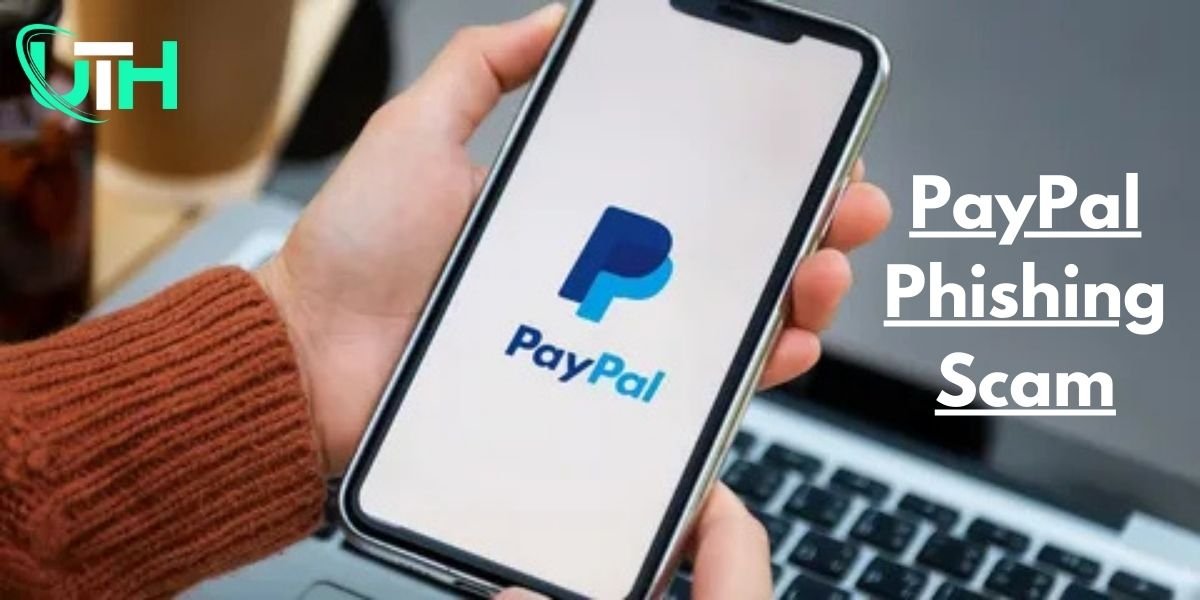
Understanding PayPal Phishing Scams
PayPal phishing scams are a widespread type of cybercrime where attackers impersonate PayPal to deceive individuals into revealing sensitive information, such as passwords, credit card details, or bank account information. These scams exploit trust in PayPal’s reputation to manipulate victims. Here’s how they work:
Common Tactics Used by Scammers
1. Phishing Emails
Scammers send fake emails designed to look like they are from PayPal. These emails often:
- Create urgency: They claim there are account issues, suspicious activity, or limited-time offers requiring immediate action.
- Include malicious links: These links may redirect you to fraudulent websites or download malware onto your device.
- Mimic PayPal branding: The emails often use logos, formatting, and language similar to official PayPal communications, making them appear legitimate.
2. Fake Websites
Fraudsters set up websites that look almost identical to the official PayPal website. These sites might:
- Ask you to log in to resolve an issue or verify your account.
- Request you to update personal details or payment information.
- Use URLs that closely resemble PayPal’s official web address but often have slight differences, such as extra characters or unusual domain extensions.
If you enter your information on these fake sites, scammers can steal your credentials and access your account.
3. Phishing Calls
Scammers may also use phone calls to impersonate PayPal representatives. During these calls, they might:
- Claim your account has been compromised.
- Request personal information or security codes to “verify” your account.
- Use pressure tactics to make you act quickly without questioning their authenticity.
How to Identify a PayPal Phishing Scam
PayPal phishing scams can be convincing, but there are key signs to watch out for to protect yourself. Follow these tips to spot and avoid scams:
Check the Sender’s Email Address
- Legitimate emails from PayPal will always come from an email address ending in “@paypal.com.”
- Be cautious of addresses that look similar but aren’t identical, such as “support@pay-pal.com” or “paypal@secure.com.”
Hover Over Links Before Clicking
- Before clicking on any links in an email, hover your mouse over the link to see the actual URL.
- If the link looks suspicious or doesn’t lead to the official PayPal domain (www.paypal.com), do not click it. Scammers often use links that look legitimate at first glance but redirect to fake websites.
Look for Grammatical Errors and Spelling Mistakes
- Phishing emails often contain grammatical errors, typos, or awkward phrasing.
- Errors are a concern because PayPal’s official communications are professional and free of such mistakes.
Never Provide Personal Information Over the Phone or Email
- PayPal will never ask for your password, credit card details, or other sensitive information through email or phone.
- If someone asks for this information, especially if you didn’t initiate the contact, it’s likely a scam.
Log In to Your PayPal Account Directly
- If you receive an email or phone call claiming there’s an issue with your account, don’t act immediately based on that message.
- Instead, go to the official PayPal website or open the PayPal app and log in to check your account for any notifications or issues.
What to Do if You Think You’ve Been Phished
If you suspect that you’ve fallen victim to a PayPal phishing scam, it’s important to act quickly to minimize any potential damage. Follow these steps to secure your account and protect your personal information:
Change Your PayPal Password Immediately
- Log in to your PayPal account through the official website or app.
- Go to your account settings and update your password to something strong and unique. This will help prevent further unauthorized access.
Review Your Recent PayPal Activity
- Carefully examine your transaction history for any unauthorized purchases or suspicious activity.
- If you find any transactions you don’t recognize, report them to PayPal as soon as possible through their Resolution Center.
Report the Phishing Attempt to PayPal
- Forward any suspicious emails to phishing@paypal.com without altering the content.
- PayPal will investigate and take steps to prevent the scammers from targeting others.
- You can also report phishing attempts directly through your PayPal account under the “Help” or “Contact Us” section.
Monitor Your Credit Report for Suspicious Activity
- Phishing scams may involve attempts to steal more than just your PayPal credentials.
- Monitor your credit report for any unauthorized credit inquiries, new accounts, or other unusual activity.
- Consider placing a fraud alert or credit freeze with major credit reporting agencies if you suspect identity theft.
How to Protect Yourself from PayPal Phishing Scams
Taking proactive steps can greatly reduce the chances of falling victim to PayPal phishing scams. Here are some practical and easy-to-follow tips to keep your account and personal information secure:
Verify Email Authenticity
- Always check the sender’s email address. Legitimate PayPal emails will come from an address ending in @paypal.com.
- Be cautious of emails that look similar but include extra letters, numbers, or misspellings.
Avoid Clicking on Suspicious Links
- Before clicking on any link in an email, please hover your mouse over it to see the actual URL.
- If the URL doesn’t match PayPal’s official domain or looks suspicious, do not click. Instead, navigate to PayPal’s website directly by typing www.paypal.com into your browser.
Look for Red Flags
- Grammatical Errors: Phishing emails often contain spelling mistakes or poor grammar. Legitimate emails from PayPal are professional and free of such errors.
- Generic Greetings: Emails that start with phrases like “Dear Customer” or “Dear User” instead of your name are often fraudulent.
Enable Two-Factor Authentication (2FA)
- Add an extra layer of security to your PayPal account by enabling two-factor authentication.
- This requires you to enter a code sent to your phone or email whenever you log in, making it harder for attackers to access your account.
Never Share Sensitive Information
- PayPal will never ask for your password, credit card details, or Social Security number via email, phone, or text.
- If someone requests this information, it should raise concerns.
Log In Directly Through PayPal’s Website or App
- If you receive an email claiming there’s an issue with your account, don’t click any links in the email.
- Instead, open the PayPal app or visit www.paypal.com directly to log in and verify your account status.
Use Strong, Unique Passwords
- Create a password that is difficult to guess, using a mix of upper and lowercase letters, numbers, and special characters.
- Avoid using the same password for multiple accounts to reduce the risk of widespread breaches.
Keep Your Software Updated
- Regularly update your browser, operating system, and antivirus software.
- These updates often include patches for security vulnerabilities that scammers may exploit.
Stay Vigilant
Protecting yourself from phishing scams requires a combination of caution and awareness. By implementing these strategies and remaining skeptical of unexpected communications, you can minimize your risk and keep your financial information safe.
Discover More:
Apple ID phishing scam targets users with fake suspension emails
-
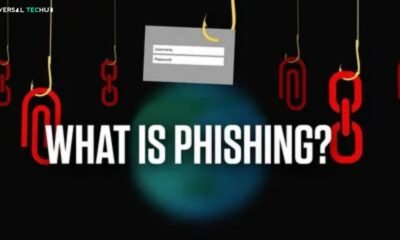
 Phishing attack8 months ago
Phishing attack8 months agoWhat is Spear Phishing and How You Can Identify This Scam?
-

 Social engineering attack10 months ago
Social engineering attack10 months agoBaiting Attacks Explained: A Closer Look at Cyber Threat Tactics
-

 Social engineering attack8 months ago
Social engineering attack8 months agoWhat are Social Engineering Attacks – A Complete Guide to Cyberattacks Prevention
-

 Social engineering attack9 months ago
Social engineering attack9 months agoSpear Phishing Attack: A Targeted Cyber Threat
-
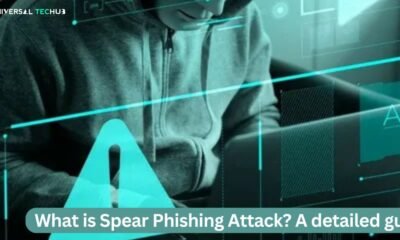
 Social engineering attack10 months ago
Social engineering attack10 months agoWhat is spear phishing attack? A detailed guide
-
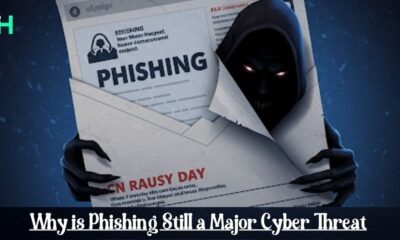
 Phishing attack4 months ago
Phishing attack4 months agoWhy is Phishing Still a Major Cyber Threat? Everything You Need to Know
-
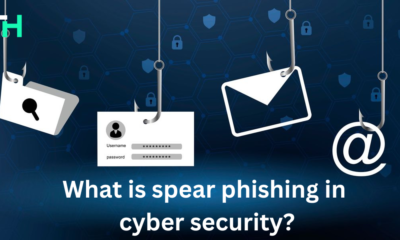
 Social engineering attack10 months ago
Social engineering attack10 months agoWhat is spear phishing in cyber security?
-
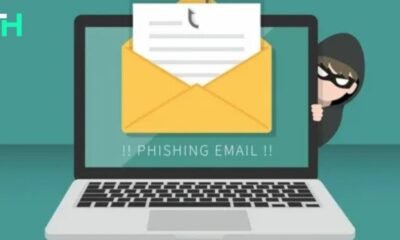
 Phishing attack8 months ago
Phishing attack8 months agoWhat Are Phishing Emails? A guide for you


























